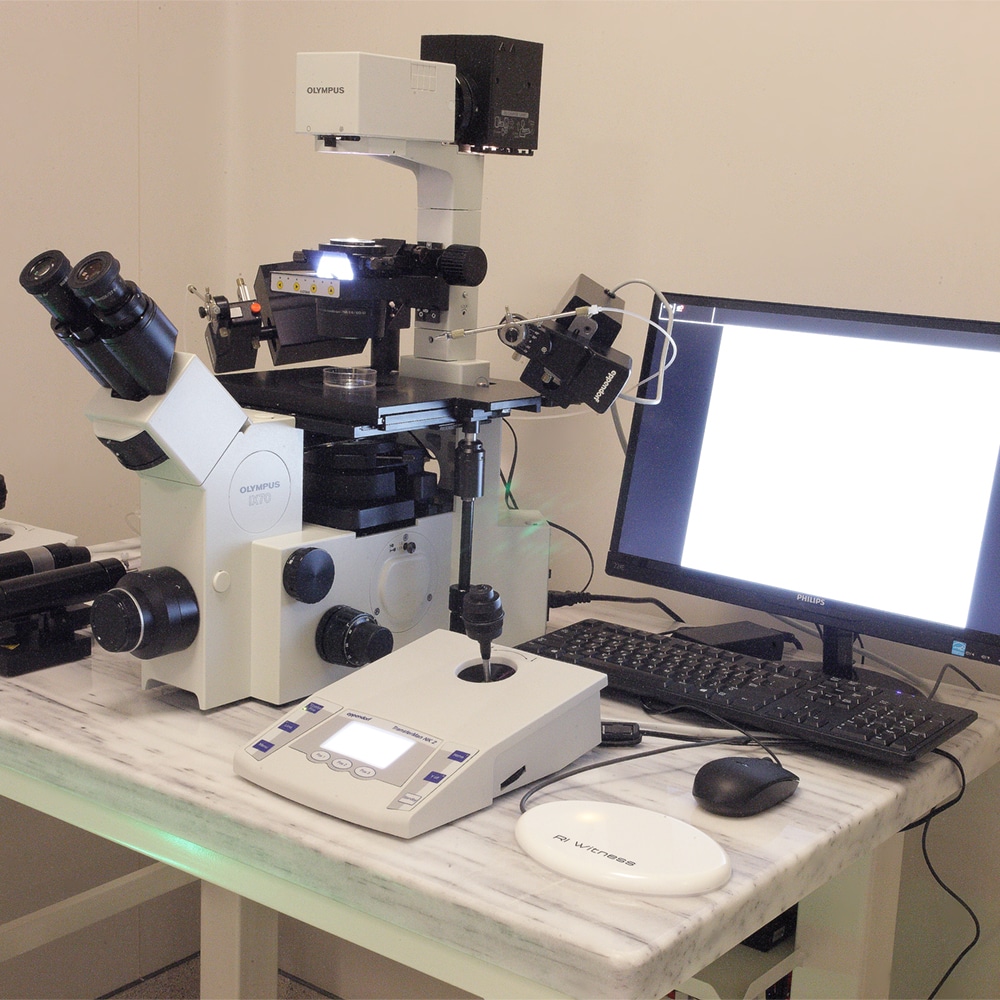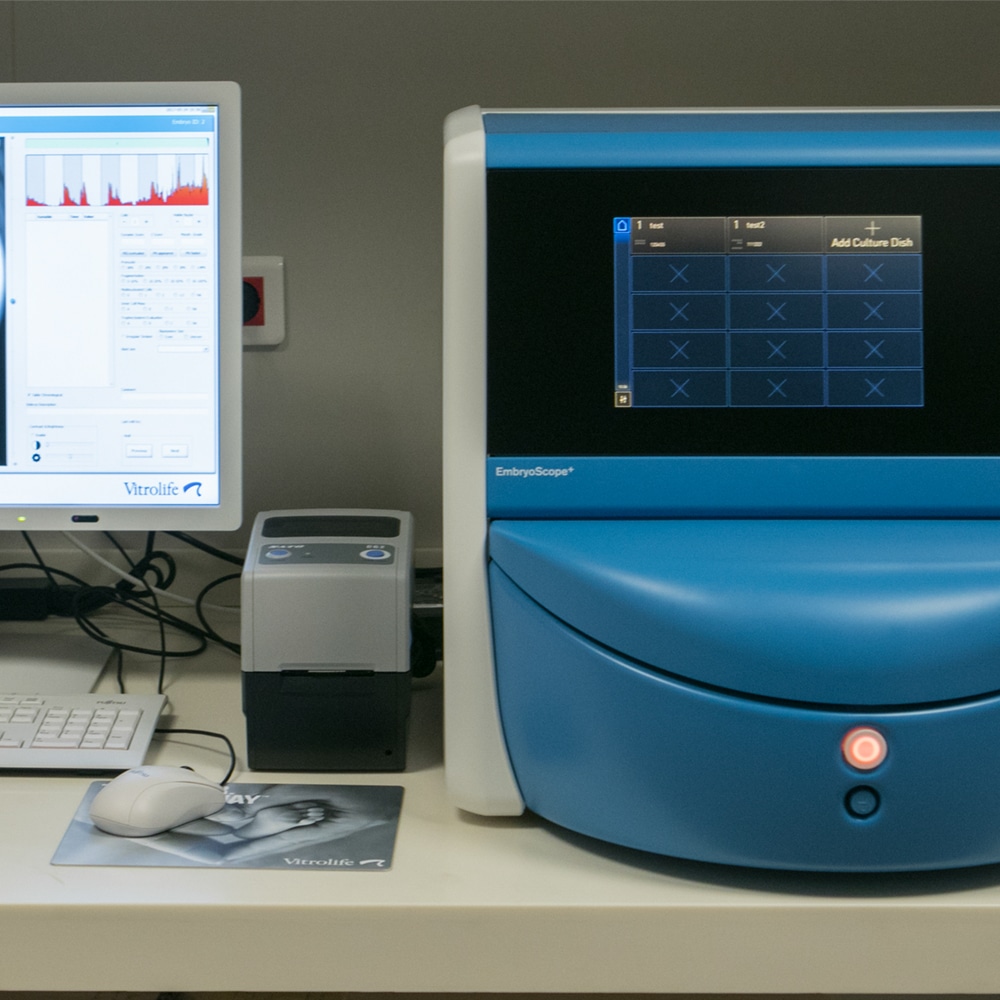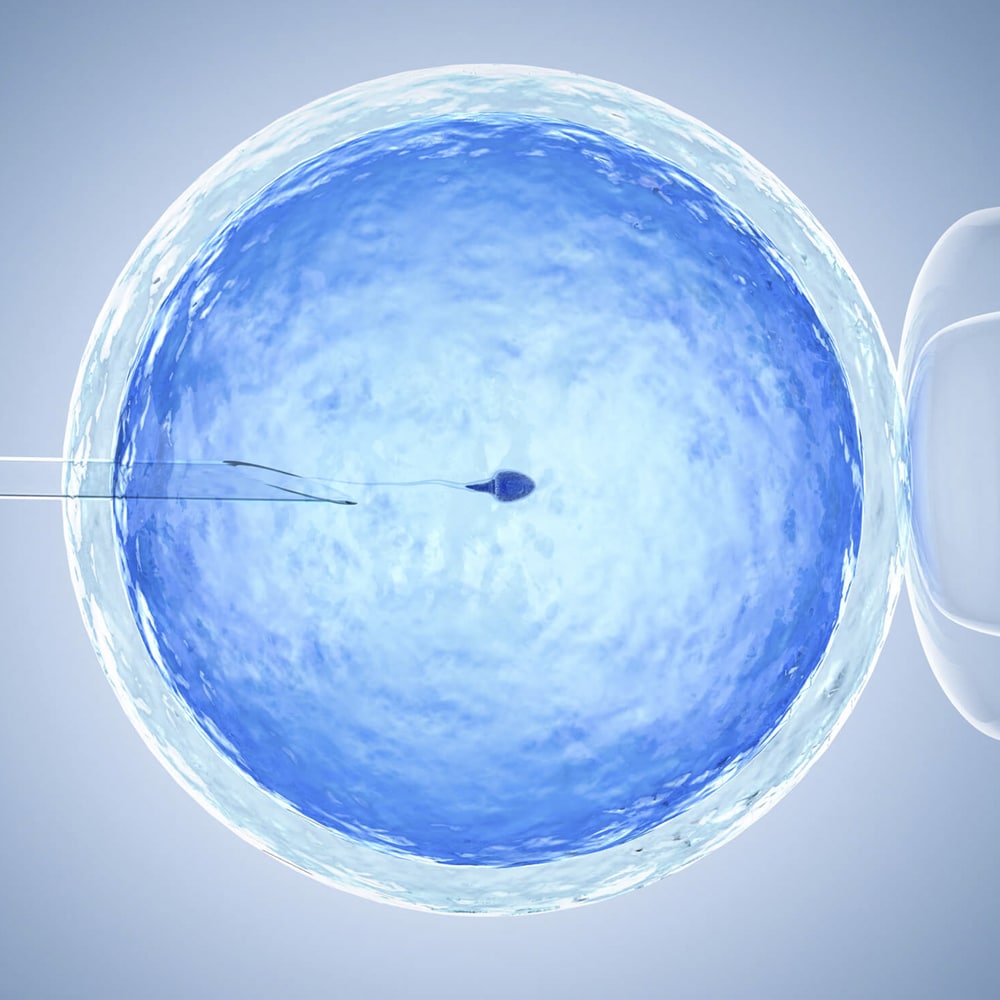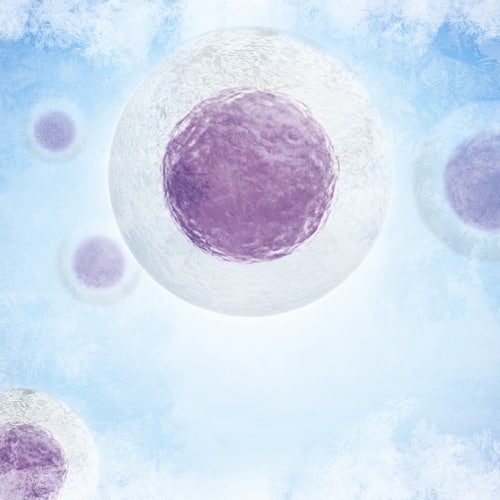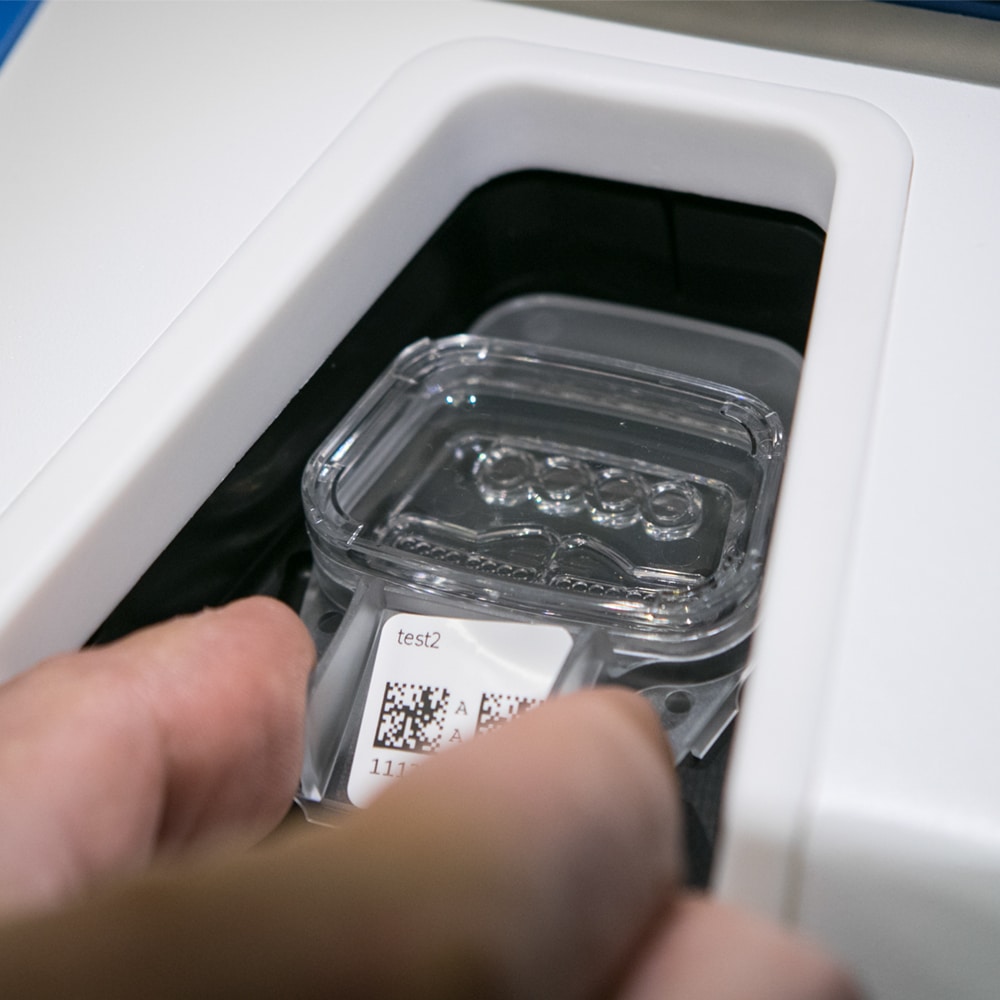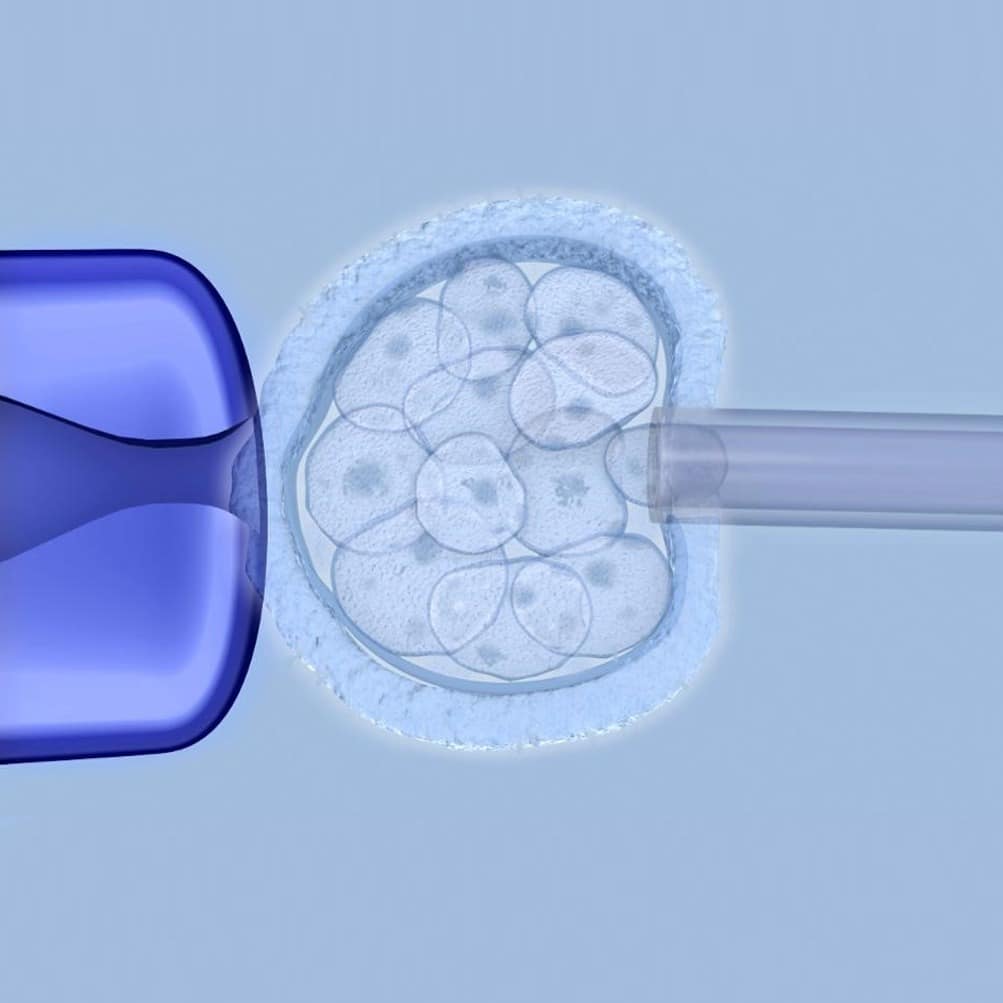Egg and Embryo Vitrification

Vitrification is the extremely fast freezing of eggs, embryos and sperm, which prevents the formation of intracellular ice crystals.
The effect of cryopreservation in developing and improving the assisted reproduction methods is becoming all the more significant, with around 1/5 of births originating from cryopreserved embryos.
Vitrification cryopreservation has become very popular in the last few years. Vitrification is the extremely fast freezing of eggs, embryos and, recently, sperm, which prevents the formation of intracellular ice crystals. Furthermore, it uses next-generation cryoprotectants, i.e. substances that protect the cells from damage that may be caused during the cryopreservation process. Fast cryopreservation, coupled with high concentrations of cryoprotectants, leads eggs and embryos into a vitreous phase. By avoiding the formation of intracellular ice crystals, the cryopreserved eggs and embryos are protected from potential damage during the thawing process. The procedure only lasts a few minutes.
The relatively high survival rate of frozen eggs during the thawing process has led to the general use of the vitrification method. Over the last few years, through oocyte vitrification, every woman has the chance to freeze her eggs, which can remain in cryopreservation for a long period of time, without any further effects on their quality, and be used later, when the woman so wishes.
Relevant Topics
-
Polarized Light Microscopy for Spindle Detection (PolarAIDE)
Polarized Light Microscopy for Spindle Detection (PolarAIDE) It allows us to clearly detect the egg spindle (DNA spindle) during...
-
Embryo Culture Using Time-lapse Technology (EmbryoScope Plus)
Embryo Culture Using Time-lapse Technology (EmbryoScope Plus) The Institute of Life has installed an innovative incubation and monitoring system...
-
Egg Microfertilization (ΙCSI/P-IMSI)
Egg Microfertilization (ΙCSI/P-IMSI) Microfertilization involves the isolation and insemination of one sperm into each egg. It is performed in...
-
Egg and Embryo Vitrification
Egg and Embryo Vitrification Vitrification is the extremely fast freezing of eggs, embryos and sperm, which prevents the formation...
-
Blastocyst Culture
Blastocyst Culture A method for selecting the best embryos, which significantly improves the pregnancy success rates for the couples...
-
Blastocyst biopsy
Blastocyst Biopsy This technique is used prior to embryo transfer to select healthy embryos that do not carry genetic...


